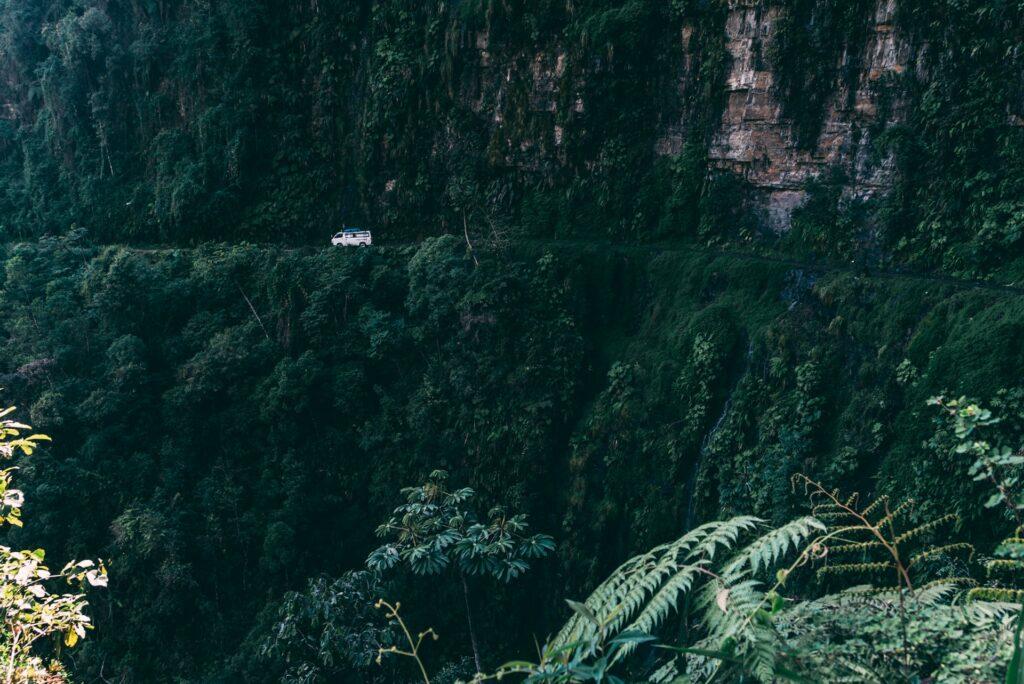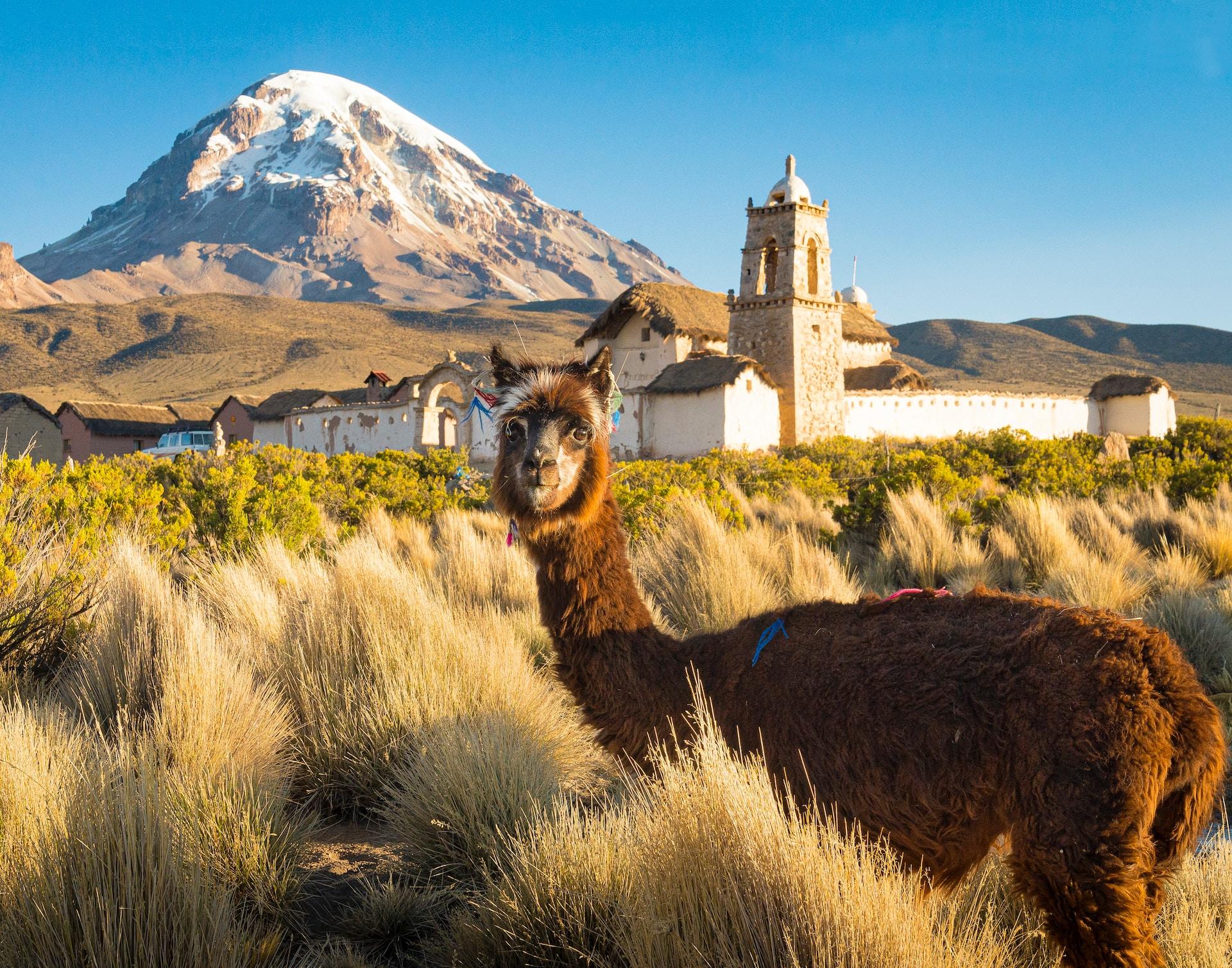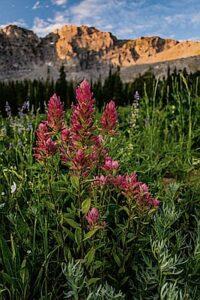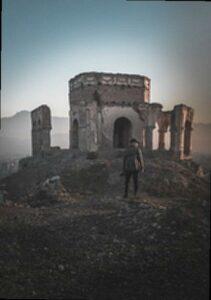Bolivia, a landlocked country in the heart of South America, is renowned for its breathtaking landscapes, rich culture, and vibrant traditions. A significant feature that defines Bolivia’s geography and has shaped its history, culture, and lifestyle is its mountains. Ranging from the majestic Andes to the highest point, Sajama Peak, Bolivia mountains are a treasure trove of biodiversity, indigenous culture, and adventure. This blog post aims to provide an in-depth exploration of the Bolivia mountains, their significance, unique features, and the adventure they hold for enthusiasts.
Overview of Bolivian Mountains
Bolivian mountains form a major part of the country’s landscape, with the Andes running in two parallel ranges through the western part of the country. The mountains have played a crucial role in Bolivia’s history, shaping its culture, lifestyle, and even its economy. Moreover, these mountains are home to a unique biodiversity that contributes significantly to Bolivia’s rich natural heritage.
The Andes Mountains in Bolivia
The Andes, one of the longest mountain ranges globally, extends into Bolivia, creating a dramatic landscape of snow-capped peaks, high-altitude plains, and deep valleys. The Bolivian Andes are divided into two ranges, the Cordillera Occidental (Western Range) and the Cordillera Oriental (Eastern Range). These ranges boast several peaks above 6000 meters, making Bolivia a paradise for mountaineers.
The Andean region is home to a rich variety of flora and fauna, including unique species adapted to high-altitude conditions. The region is also home to indigenous tribes who have lived in harmony with the harsh Andean environment for centuries, preserving their traditions and ways of life.
The Sajama Peak: Bolivia’s Highest Point
Sajama Peak, the highest mountain in Bolivia and the highlight of the Andes, stands at an impressive 6,542 meters. This extinct stratovolcano boasts a spectacular landscape of snow-capped peaks, hot springs, geysers, and high-altitude wetlands. Sajama Peak as the tallest mountain in Bolivia is a popular destination for climbers, offering a challenging but rewarding experience. The area around the highest point in Bolivia Nevado Sajama is a national park, home to unique wildlife such as vicuñas, llamas, and Andean condors.
Bolivia’s Major Mountain Ranges
Besides the Andes, Bolivia boasts other significant mountain ranges between Chile and Argentina, including the Cordillera Real, Cordillera Oriental, and Cordillera Occidental. Each range has its unique features, topography, and biodiversity. The Cordillera Real, with its stunning glaciers and high peaks, is a favorite among climbers and trekkers.

Exploring Bolivia’s Other Notable Mountains
Bolivia’s mountain ranges are punctuated by several notable peaks. Illimani Mountain, the second highest peak in Bolivia, is an iconic landmark with its four snow-covered peaks. Huayna Potosi is another popular destination for climbers, known for its beautiful glacier and the stunning views from its summit. Other notable mountains include Ancohuma, Illampu, and Potosi Mountain, each offering unique climbing experiences and breathtaking landscapes.
Adventure and Leisure Activities in Bolivian Mountains
Bolivia’s mountains offer a plethora of adventure and leisure activities, from trekking and mountaineering to wildlife watching and photography. The high-altitude trails offer challenging treks with stunning views, while the abundant wildlife and unique Andean landscapes provide excellent opportunities for photography and bird watching. Visiting indigenous communities in this part of the Andes provides a unique cultural experience, offering insights into their traditions and ways of life.
Environmental Threats and Conservation Efforts in Bolivian Mountains
Despite their natural beauty and biodiversity, Bolivia’s mountains face several environmental threats, including deforestation, mining activities, and climate change. These threats have implications not only for the unique biodiversity but also for the indigenous communities that depend on these ecosystems. However, conservation efforts are underway to protect and preserve Bolivia’s mountains and their unique ecosystems.
The Role of Bolivia Mountains for the Economy
Bolivia’s mountains play a significant role in the country’s economy. They attract tourists from around the world, contributing to the tourism industry. Moreover, they are vital for agriculture, providing water resources for irrigation, and host rich mineral deposits that drive the mining industry. The mountains also influence Bolivia’s weather and climate, impacting agriculture and other economic activities.
Conclusion
Bolivia mountains, with their majestic peaks, unique biodiversity, and rich culture, offer a unique blend of adventure, natural beauty, and cultural experiences. As we explore these mountains, it is crucial to respect and preserve their natural beauty and the cultures that have thrived there for centuries. As responsible travelers, we should strive to minimize our impact and contribute to the conservation efforts to ensure that future generations can enjoy these magnificent landscapes.




